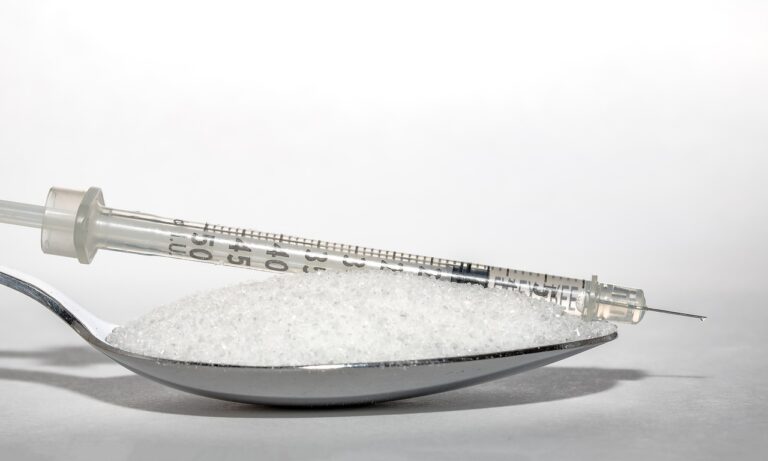The Influence of Social Media on Substance Abuse
Social media platforms have become instrumental in shaping societal norms and perceptions. Through the widespread sharing of content, individuals are constantly exposed to images and messages that often glamourize substance use. The portrayal of substance use as a means of enhancing social experiences or coping with stress has become a common narrative on these platforms.
The constant exposure to these depictions can desensitize individuals to the risks and consequences associated with substance use. As users scroll through their feeds and see peers engaging in such behaviors without repercussions, a sense of normalization is created. This normalization can lead to the belief that substance use is not only acceptable but also necessary for fitting in or coping with life’s challenges.
The Impact of Social Media Influencers on Substance Abuse Trends
Social media influencers play a significant role in shaping trends and influencing behaviors on various platforms. When it comes to substance abuse, these influencers have the power to glamorize and normalize drug and alcohol use through their posts and content. By showcasing substance use as a cool and desirable lifestyle choice, influencers can inadvertently promote dangerous behaviors among their followers.
The impact of social media influencers on substance abuse trends is particularly concerning among young audiences who are highly impressionable and easily influenced by the content they consume online. With a large following and high engagement rates, influencers have the ability to reach a wide audience and shape perceptions around substance use. This influence can perpetuate the normalization of drug and alcohol consumption, leading to an increase in substance abuse among vulnerable individuals who look up to these influencers as role models.
• Social media influencers have the power to glamorize and normalize drug and alcohol use
• Showcasing substance use as a cool and desirable lifestyle choice can promote dangerous behaviors
• Young audiences are highly impressionable and easily influenced by online content
• Influencers with large followings can shape perceptions around substance use
• Normalization of drug and alcohol consumption can lead to an increase in substance abuse among vulnerable individuals
How Social Media Enables Peer Pressure and Influence for Substance Use
Social media’s pervasive reach has significantly impacted how individuals perceive and engage with substance use. Through platforms like Instagram and Snapchat, users are constantly exposed to curated images and videos showcasing substance use as glamorous and desirable. This exposure can create a sense of peer pressure as individuals feel the need to conform to these norms in order to feel accepted and included within their social circles.
Moreover, social media influencers play a crucial role in shaping substance abuse trends among their followers. By glamorizing substance use and associating it with success and popularity, influencers inadvertently influence their audience to view substance use in a positive light. This influence can be particularly potent among younger audiences who may be more susceptible to peer pressure and external influences.
How does social media play a role in normalizing substance use?
Social media platforms often showcase substance use in a positive light, leading users to believe it is a normal and acceptable behavior.
How do social media influencers contribute to substance abuse trends?
Social media influencers often promote substance use through their content, influencing their followers to engage in similar behaviors.
How does social media enable peer pressure for substance use?
Social media creates a virtual environment where individuals feel pressured to conform to the substance use behaviors of their peers, leading to an increase in substance abuse.






